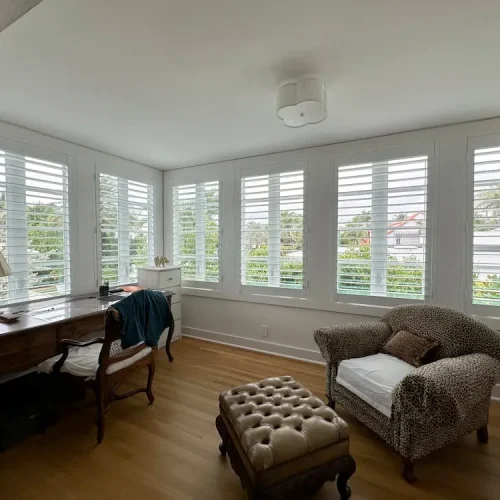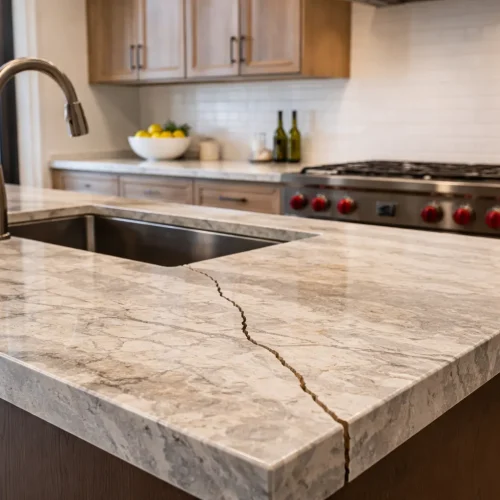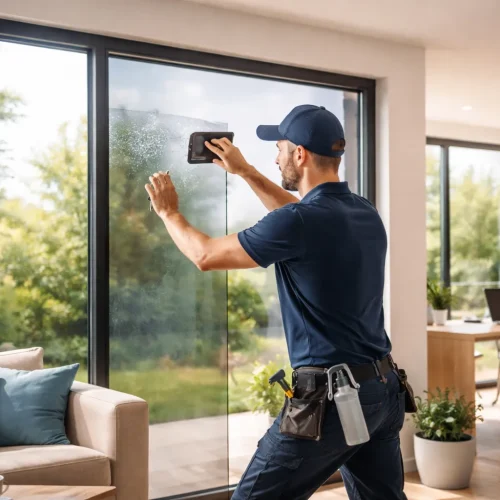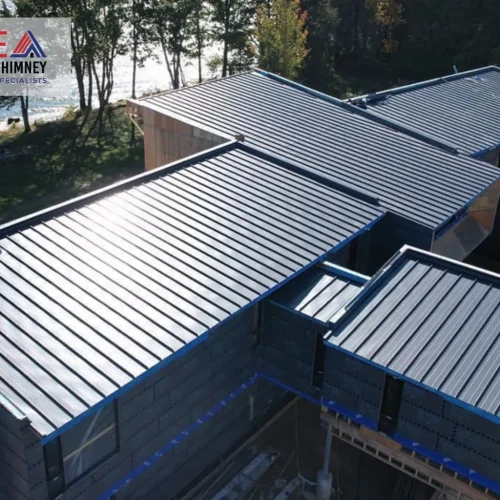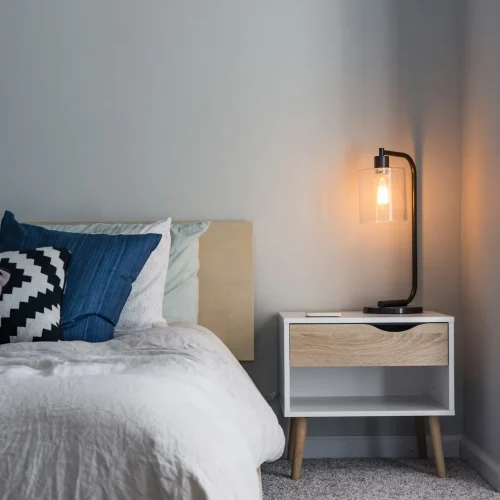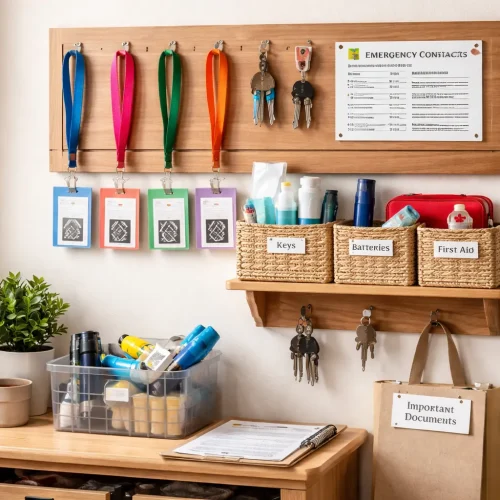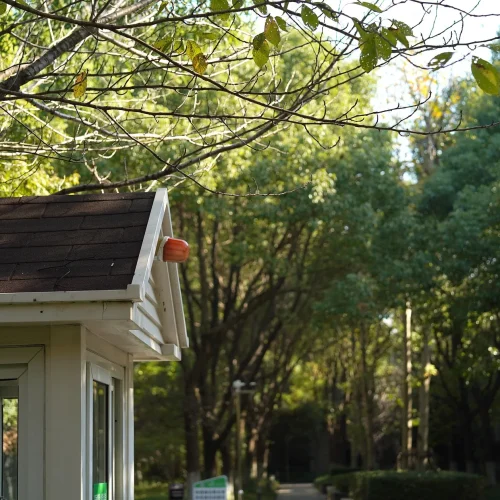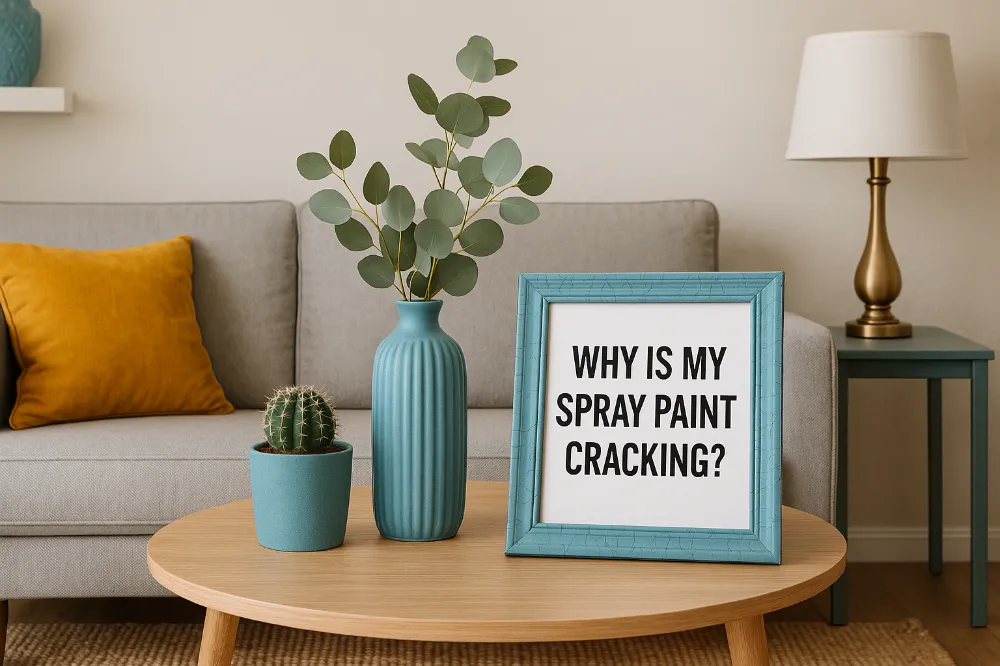
If you’ve ever excitedly finished a spray paint project only to find cracks forming as it dries, you’ve probably asked yourself: why is my spray paint cracking? Nothing ruins a smooth, glossy finish faster than unsightly cracks, wrinkles, or bubbles. The good news? You’re not alone, and more importantly, the problem can be fixed—and even better, prevented.
Spray paint cracking happens for a few key reasons: improper application, environmental conditions, and surface preparation mistakes. In this guide, we’ll break down the exact causes, how to prevent them, and practical ways to fix a crackled paint job.
What Does Spray Paint Cracking Look Like?
Spray paint cracking often appears as spider-web-like lines or jagged splits across the surface. Depending on severity, it may be light hairline cracks or deep, separated ridges. Sometimes this defect is called crazing, alligatoring, or mud cracking. While the terms differ, the frustration is the same: your smooth finish is ruined.
Understanding why it happens is the first step to ensuring your projects look professional every time.
The Main Causes of Spray Paint Cracking
Let’s answer the big question: why is my spray paint cracking? Here are the most common culprits:
Applying Coats Too Thickly
One of the number one mistakes is laying down a heavy coat of paint. When spray paint is applied too thick, the surface dries faster than the paint underneath. As the bottom layer slowly dries, it pulls on the hardened top layer, resulting in cracks.
Solution: Always apply multiple thin coats, allowing each one to dry before moving on. Think light misting instead of drowning the surface.
Environmental Conditions
Temperature and humidity play a massive role in spray painting.
- Heat: If it’s too hot, the top layer of paint dries instantly, trapping wet paint underneath. This often leads to cracks.
- Cold: In cold weather, paint cures too slowly, making it prone to cracking and adhesion issues.
- Humidity: Excess moisture in the air lengthens drying time, which means the next coat bonds poorly to the previous one.
Best Conditions for Spray Painting:
- Temperature: 50°F–90°F (10°C–32°C)
- Humidity: Below 65%
- Shade instead of direct sunlight
Improper Surface Preparation
Spray paint adheres best to clean, dry, and smooth surfaces. Dust, grease, old paint, or even residual moisture can cause poor adhesion, which leads to cracking once the new layer dries.
Solution:
- Clean thoroughly with a degreaser or all-purpose cleaner.
- Sand lightly to create grip.
- Apply a primer before painting, especially on porous surfaces.
Incorrect Application Technique
Technique matters as much as the paint itself. Cracking often comes from:
- Holding the can too close or too far.
- Moving unevenly across the surface.
- Spraying on a second coat too quickly before the first is dry.
Tip: Keep the spray can about 8–12 inches away and overlap each pass by about 50% for consistent coverage.
Paint Quality and Reactions
Not all spray paints are created equal. Cheaper paints may react badly with surfaces, primers, or even other layers of paint. This can trigger instant or delayed cracking.
Solution: Invest in good-quality paint, and when layering, stick to the same brand or compatible formulas.
Other Spray Paint Issues That Look Like Cracks

Sometimes what looks like cracking is actually another spray paint imperfection. Here’s how to spot the difference:
- Wrinkles: Raised, uneven textures from recoating too soon.
- Bubbles: Tiny pockets from trapped air or unprimed porous surfaces.
- Orange Peel: A dimpled texture caused by spraying too far away or clogged nozzles.
- Runs: Paint drips from applying too heavily or spraying too close.
- Tiger Stripes: Visible lines caused by uneven spray passes.
Each issue has its own fix, but cracking is usually the toughest because it requires sanding and repainting.
How to Prevent Spray Paint Cracking
Prevention is always easier than repair. Here’s how to avoid asking “why is my spray paint cracking” ever again:
1. Prepare the Surface
- Clean off dust, grease, and wax.
- Sand lightly with fine-grit sandpaper.
- Prime the surface to create a bonding layer.
2. Paint in the Right Conditions
- Ideal temp: 50–90°F (10–32°C)
- Humidity under 65%
- Avoid direct sunlight or freezing garages.
3. Use the Right Technique
- Spray light coats, never heavy.
- Keep the can moving evenly.
- Follow the drying and recoating times on the can (don’t rush it!).
4. Choose Quality Paint
- Use well-known, reliable brands.
- Shake the can thoroughly before spraying.
- Replace clogged nozzles or expired paint.
How to Fix Spray Paint Cracking

So, the damage is already done. Don’t panic—you can still recover.
Here’s a step-by-step repair process:
Step 1: Let It Dry
Give the cracked paint at least 24 hours to cure fully. This ensures solvents trapped underneath have evaporated.
Step 2: Sand the Cracks
- Use 220 grit for light cracks.
- Use 180 grit or lower for deeper cracks.
Sand gently until smooth, then wipe off the dust with a clean cloth.
Step 3: Re-Prime if Necessary
If you’ve sanded down to bare material, apply a thin primer coat before repainting.
Step 4: Repaint with Thin Coats
Apply light, even layers of spray paint, waiting the recommended time between coats.
Step 5: Final Touch-Up
If small imperfections remain, a light buff or polish after curing can smooth out the finish.
Quick Troubleshooting Table
| Problem | Likely Cause | Fix |
|---|---|---|
| Cracking | Too thick coat, bad weather, or poor prep | Sand, prime, repaint with thin coats |
| Wrinkles | Recoated too soon | Sand smooth and repaint |
| Bubbles | Unprimed porous surface | Prime first, repaint |
| Orange Peel | Spraying too far or clogged nozzle | Wet sand, buff, reapply |
| Runs | Spraying too close or too heavy | Let dry, sand, repaint |
Common Mistakes to Avoid
- Rushing coats: Drying times matter more than speed.
- Skipping primer: Especially on wood, metal, or plastic.
- Painting in extreme weather: Heat, cold, or humidity will always sabotage your finish.
- Over-shaking or under-shaking cans: Both can affect consistency.
- Cheap supplies: Poor paint equals poor results.
Final Thoughts
So, why is my spray paint cracking? The answer usually comes down to three things: applying paint too thickly, ignoring environmental conditions, or skipping surface prep. Once you understand these pitfalls, you’ll never look at a cracked paint job as a disaster again.
With a little patience, proper prep, and the right technique, your spray paint projects can look flawless every time. And if cracking does happen? Now you’ve got the know-how to fix it and move on with confidence.


